By: Rabbi Michoel Seligson
11 Elul is the yahrtzeit of Rav Shmuel Halevi Levitin.
Horav Hachossid Reb Shmuel Levitin was born in Cheshvan 5643 (1883) to Reb Zev Volf, a chossid of the Rebbe Maharash. Reb Shmuel, the first child to be named after the Rebbe Maharash, was born within the shloshim of the Rebbe Maharash’s histalkus on the 13th of Tishrei.
Although Shmuel’s father was unable to afford tuition for his son, one of the teachers in the cheder allowed Shmuel into his class. He was, however, not permitted to ask questions or to say anything during the shiur so as not to take away from the children whose parents were paying tuition.
A Tomchei Tmimim Student in Lubavitch at 16
The financial situation in the house improved when Yeshiva Tomchei
Tmimim was founded in 5657/1897 and Reb Volf was appointed as mashgiach. Shmuel was 16 when he came to Lubavitch for Shavuos in 1899. The Rebbe RaShaB instructed that he should stay and learn in the yeshiva.
It was highly unusual for such young students to be accepted into the main yeshiva in Lubavitch. Usually, the younger bochurim studied in a different division of Tomchei Tmimim in another city. It seemed that Shmuel, who was the youngest student to study in Lubavitch, was accepted in the merit of his grandfather Hachossid Reb Gershon of Pahar.
“When you go out into the world don’t lose the well of Chassidus”
A short time after he arrived in Lubavitch, the mashpia Reb Shmuel
Gronem asked young Shmuel to read a maamar in Likutei Torah for
him. Reb Gronem was very impressed and he understood that the young bochur had great potential. He warned him, “When you go out into the world – don’t lose the well of Chassidus.”
Shidduch with the Rav’s daughter
It happened once that Shmuel came to Rokshik in Latvia. Reb Osher Margolis was the rav in that city and a chossid of the Liadier Rebbe. His wife was a daughter of the Lubavitcher chossid Reb Eliyohu Abeler.
The following story of Reb Eliyohu is told in the Hayom Yom for the 16th day of Iyar. “Once, when he came into yechidus, my grandfather (the Rebbe Maharash) said to him, ‘Elyeh, I envy you. You travel to various fairs, you meet many people. Sometimes, in the middle of a business transaction, you get into a warm discussion about a Jewish saying, a saying from the Ein Yakov etc., and you arouse the other fellow’s interest in studying nigleh and Chassidus. This causes joy On High, and Hashem rewards such “trade” with the blessings of children, health and sustenance; the larger the fair the more work there is and the greater is the livelihood earned.’”
A shidduch between Reb Shmuel and the daughter of Reb Osher Margolis was suggested. When Reb Volf was consulted about the shidduch, he requested that the Rav should appoint Reb Shmuel to succeed him as the Rav in Rokshik. Reb Osher was hesitant to obligate himself and nothing further was done to advance the shidduch.
One Shabbos, Reb Shmuel reviewed a maamar in shul from the 1906 series of maamarim of the Rebbe Rashab, which are known for their great depth. Everyone present was excited that the young man was able to relay such a maamar in a comprehensive and clear manner. News of this reached the rav’s house and he decided to finalize the shidduch. Reb Shmuel became engaged to Tema Margolis.
Reb Shmuel, the New Rav
A short time after the wedding, Reb Osher was nifter and as agreed upon,
Reb Shmuel succeeded his father-in-law and became the new rav. The Rebbe Rashab exerted great efforts to get the government to officially recognize Reb Shmuel’s status as rav.
These attempts were met with great difficulty. There was another candidate for the title who was well versed in the Russian language, a necessary qualification for the position in order to be able to fill out Russian birth and marriage forms. Nevertheless, the Rebbe Rashab’s efforts succeeded and Reb Shmuel became the official rav of Rokshik until 1915, a period of nine years. He was responsible for all matters pertaining to Yiddishkeit in the city.
Sholom Bayis
Reb Shmuel was known for his brilliance in making peace among the residents of his city. A woman once came to Reb Shmuel and complained that her husband, Reb Yankel Zecharia Moskolik, was involved in communal affairs and she suffered as a result.
She described how he would make his rounds, visiting different weddings in Moscow that had no kosher chupah. With two witnesses he would redo the chupah in a proper manner. He was always successful in igniting the Jewish spark within the couple. He would then pour L’chaim for the chosson and for himself and leave.
Every night, he would make approximately five to ten chupahs. He would come home with great joy as if it were Simchas Torah, sit down and study the Derech Chaim of the Mitteler Rebbe, which had a depressing influence, and would then begin to cry. “I cannot take this, Simchas Torah and Tisha B’Av together?!” his wife exclaimed.
Reb Shmuel described the great qualities of her husband to the woman. Stalin was planning to destroy the Jewish identity and her husband was raising it to its utmost. The woman accepted his words and left, feeling pleased and proud.
Driven from Rokshik
Latvia shared borders with Russia and Germany. During WWI, the Russians suspected that the Jews were supporting the Germans. The Russian Cossacks drove the Jews away from their homes. As a result, there were many Jewish refuges in Russia.
Rokshik’s turn was next; on Tisha B’Av of 1915, Russian Cossacks ordered all Yidden to leave the city that very day. Reb Shmuel and his family escaped deep into Russia. This marked the end of a golden era for Chassidishe rabbanus in Rokshik.
When Reb Shmuel asked the Rebbe Rashab where to go next, the Rebbe advised him to take a temporary position as a rav in Kirasnov. Most of the Jews there were modern and held professional positions, such as pharmacists, physicians and lawyers. The refugees who came to the city needed a rav; Reb Shmuel filled that need for one year.
The Rebbe Rashab’s Shliach to Georgia
In 1916, a delegation of distinguished individuals from Gruzia came to the Rebbe Rashab and requested that a shliach be sent to them to oversee the chinuch of their children and strengthen Yiddishkeit. The Rebbe chose Reb Shmuel for this task. Kutaisi was the center of his activities, but his influence extended over the entire Georgia. He established chadorim, yeshivos and mikvaos in numerous cities.
Over the course of the years, the Rebbe Rashab dispatched four additional temimim to assist with the work. Reb Yaakov Yisroel Zuber HY”D went to Satchcheri, Reb Avrohom Levik Slavin HY”D went to Kulashi, Reb Nochum Shmaryohu Sassonkin went to Batum, and Reb Eliezer Karasik to Borum. Hundreds of young boys in these cities strengthened themselves in Torah and mitzvos, and many of them were niskarev to Lubavitch.
The simple folk among the Georgian Jews respected Reb Shmuel. It was told that when Reb Shmuel traveled from Georgia to Lubavitch, he told the Rebbe Rashab that it was difficult for the Georgian Jews to incorporate the concepts of Lubavitch into their lives. The Rebbe responded, “One who sees the shliach of the Rebbe can already picture the meshaleach, the Rebbe.”
The Miraculous Reunion with the Jews of Georgia
After Reb Shmuel left Georgia, it seemed he would never again see the Yidden of his community. Years after he left, however, a miracle of the Rebbe brought about their reunion in 5728/1968 in 770.
At the Simchas Torah Farbrengen of 5727/1967, the Rebbe turned to Reb Shmuel and told him, “Next year, the Yidden from Georgia will, please G-d, be here.” A year passed, and a group of Yidden from Gruzia came to 770 to see the Rebbe. As one member of the group recalled, “Rabbi Hodokov told us, ‘The Rebbe gave three dollars for every person plus a bottle of mashkeh and everything has been given to Reb Shmuel on your behalf .'”
Reb Shmuel was very excited when the Rebbe’s prophecy was fulfilled.
He opened the bottle of mashkeh and drank l’chaim with them. At the Rosh Hashana farbrengen, after the maamar, all the new immigrants were seated on the bima behind the Rebbe. When the Rebbe turned to say l’chaim to them, he looked at Reb Shmuel and said, “Nu, they came from Gruzia?”
Escape to Leningrad
All this work with the Yidden was possible because the Communist
Revolution of 5677/1917 in Russia skipped Georgia, which continued to operate under an independent government. In 1924, however, the communist government came to Georgia. Activities became much more difficult and in 5685/1925 the authorities planned to arrest Reb Shmuel and close the yeshiva that he had established.
The Yidden in Kutaisi alerted Reb Shmuel. He installed Reb Avrohom Slavin as his successor and escaped to Leningrad, Russia where the Previous Rebbe was residing.
For a short time, Reb Shmuel served as a shadar, raising funds. The Previous Rebbe then appointed him to head a Bais Medrash in Nevel, where older bochurim learned to become rabbanim and shochtim. Reb Shmuel also accepted bochurim from non-Lubavitch yeshivos and was mkarev them to Chabad.
In Tishrei, a few months after being released from prison in the summer of 5687/1927, the Previous Rebbe notified chassidim that he was planning to leave Russia. He gave the responsibility of the various mosdos to Reb Shmuel.
Responsibility for all Tomchei Tmimim
Reb Shmuel remained in Nevel and administered all Tomchei Tmimim
yeshivos throughout Russia. In Kislev 1929, the KGB closed the yeshiva in
Nevel and arrested Reb Shmuel. He was taken to the local police precinct
and from there to Moscow. Witnesses recalled the terrifying scene as the
police took Reb Shmuel away. The women of the city stood on the road
crying bitterly.
For six months Reb Shmuel was incarcerated near Nevel, in the city of Valiki Luki. When the investigators saw that they were unsuccessful in obtaining information from him, they transferred him to Batirka, the largest jail in Moscow and the Russian police base. After being imprisoned, and tortured for an additional seven months, Reb Shmuel was sentenced to three years in Siberia.
After three difficult years in Siberia, Reb Shmuel came to the outskirts of
Moscow and continued teaching in the underground chadorim. During this time, much pressure was placed on senior government officials to permit
Reb Shmuel to leave Russia. The efforts to release him bore fruit and in 1937 Reb Shmuel left Russia for Latvia. He returned to serve as the rav in Rokshik for an additional year and a half.
Mission to the U.S.
In Elul 1938, the Frierdiker Rebbe chose Reb Shmuel to be a shadar, an emissary, to the United States, which was a distinguished shlichus. The Frierdiker Rebbe sent a letter to Agudas Chassidei Chabad, informing them that he was sending Reb Shmuel for this mission and that they should greet and assist him upon his arrival.
The original plan was for Reb Shmuel to return to Europe for Pesach in 1939. He received a letter from the Frierdiker Rebbe telling him that WWII was about to break out and that he should remain in the United States. Reb Shmuel made plans to bring his family to the U.S. To his great pain, his wife and part of his family, HY”D, were killed in Riga.
From the first day that Reb Shmuel came to the U.S., he worked tirelessly to provide a chassidishe chinuch of Anash and tmimim, and to spread chassidus in wider circles. When he would chazer a maamar, it was a pleasure to listen. He had the ability to choose a deep maamar and deliver it in a clear manner so that everyone was able to understand.
Mashpia in the Yeshiva at 770
The Frierdiker Rebbe founded the Yeshiva Tomchei Tmimim in America on the 9th of Adar II, the day that he arrived. He appointed Reb Shmuel as mashpia. Reb Shmuel’s presence brought about a special and positive atmosphere; the bochurim felt that that they were not alone and there was someone supervising all yeshiva matters, looking out for the well-being of the yeshiva in general and their benefit in particular.
Reb Moshe Gurary, a great maskil, once said of Reb Shmuel’s shiurim, “You also need to listen to what was said between the lines.” Another student shared of his farbrengens, “Afterwards, you felt something hollow in your heart and you sensed that all was not in order in your Avodas Hashem. It was necessary to make a change; this was the quality of his farbrengens”.
Reb Shmuel was known for his brilliance and always had a wise response ready for any question, even when it seemed that there was no answer. He would often say, “Although Chassidus does not like a fool, with a little sechel a person can get closer to the truth”.
Reb Shmuel was also wise in terms of worldly matters. The quote from our
chachamim, “Even the simple conversations of scholars need to be studied” fit Reb Shmuel. In many areas, Reb Shmuel was the final judge or authority. When chassidim would discuss practical problems they would ask, “What does Reb Shmuel say?” His opinion was the accepted one.
After the histalkus of the Frierdiker Rebbe, Reb Shmuel played a great part in the Rebbe’s assuming of the mantle of leadership. The Rebbe showed Reb Shmuel special respect and would send him a handwritten shana tova letter each year.
When Reb Shmuel was nifter in 1974 on the 11th of Elul, the Rebbe traveled with the procession to the Bais Hachaim to participate in the levaya, an unusual occurrence.
“Layoef or Laoyef ”
On Chai Elul, at the end of the shiva, the Rebbe dedicated a Sicha in his
memory. “Reb Shmuel Levitin once told me about different events which
took place during the time he was imprisoned in Siberia. He recalled that
because he had no access to seforim, he was unsure how to recite the morning blessing, Hanosen layoef koach, who gives strength to the weary. He was unsure if it was Hanosen layoef koach or Hanosen laoyef koach.” (Audio clip attached below).
“Despite ten or twenty years of wandering and imprisonment, the topic on his mind was not the pain and persecution in the harshest exile Siberia, where he was lacking the minimum human needs in addition to the exile itself, but his uncertainty about the accurate version of the blessing .
“From this we understand the influence of the Rebbeim on all who are mekushar to them. They can reach a level, that what concerns them is not
the physical pain of the body but rather confusion in Avodas Hashem.”

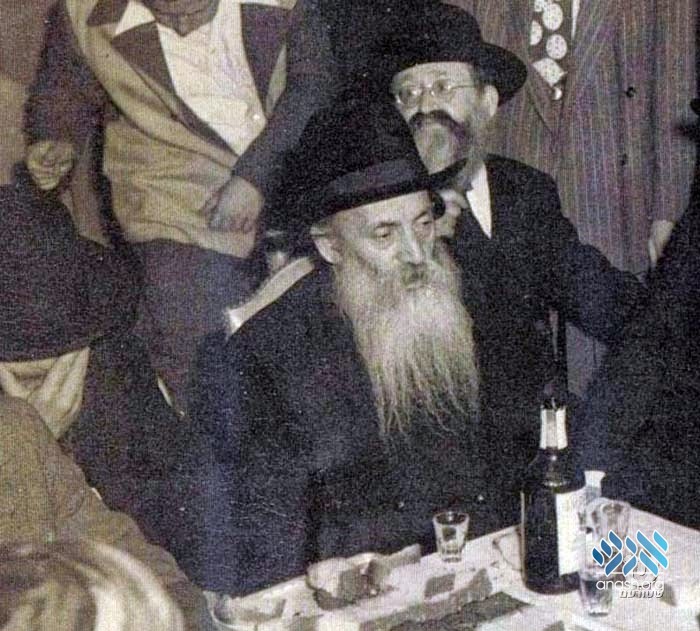
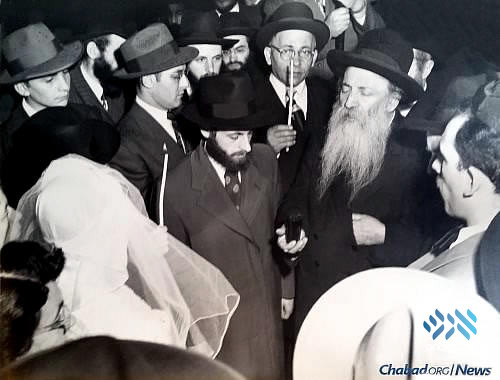

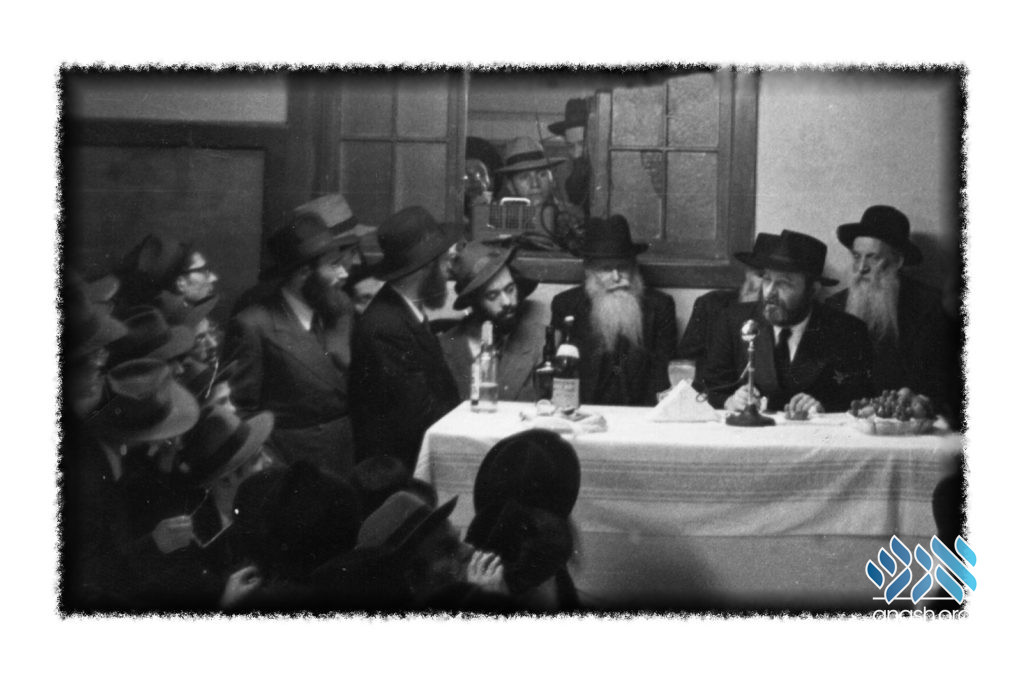

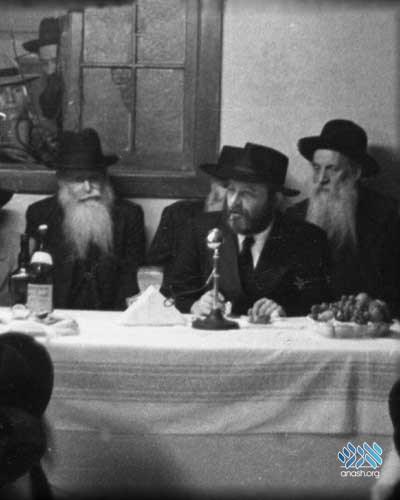
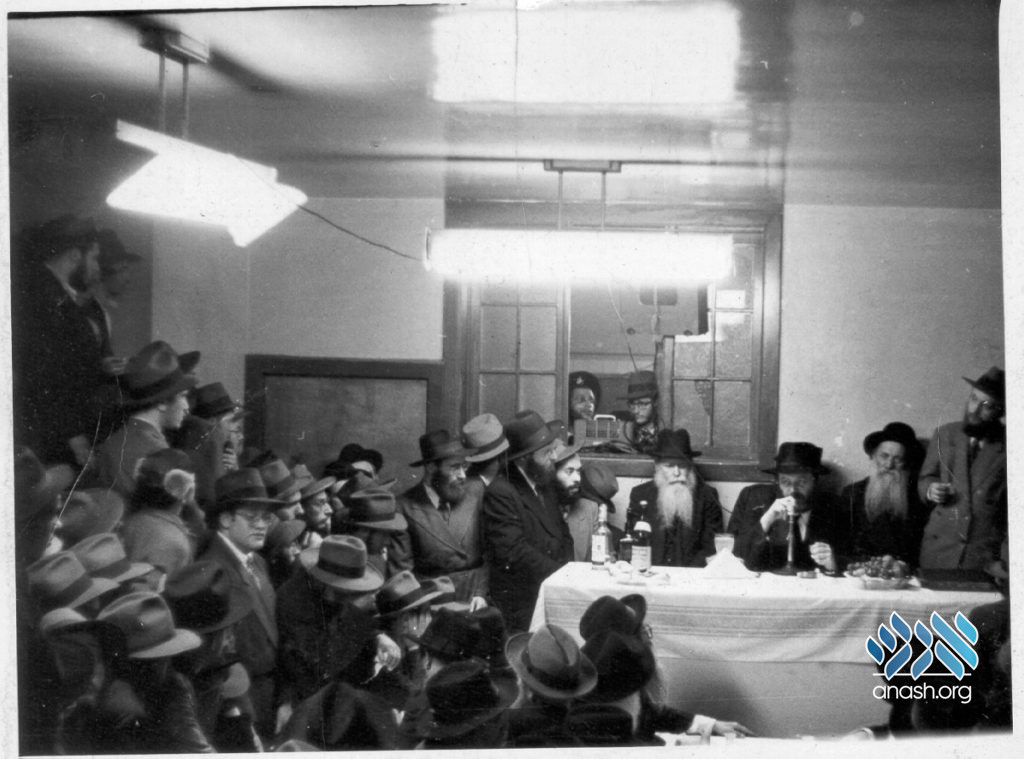

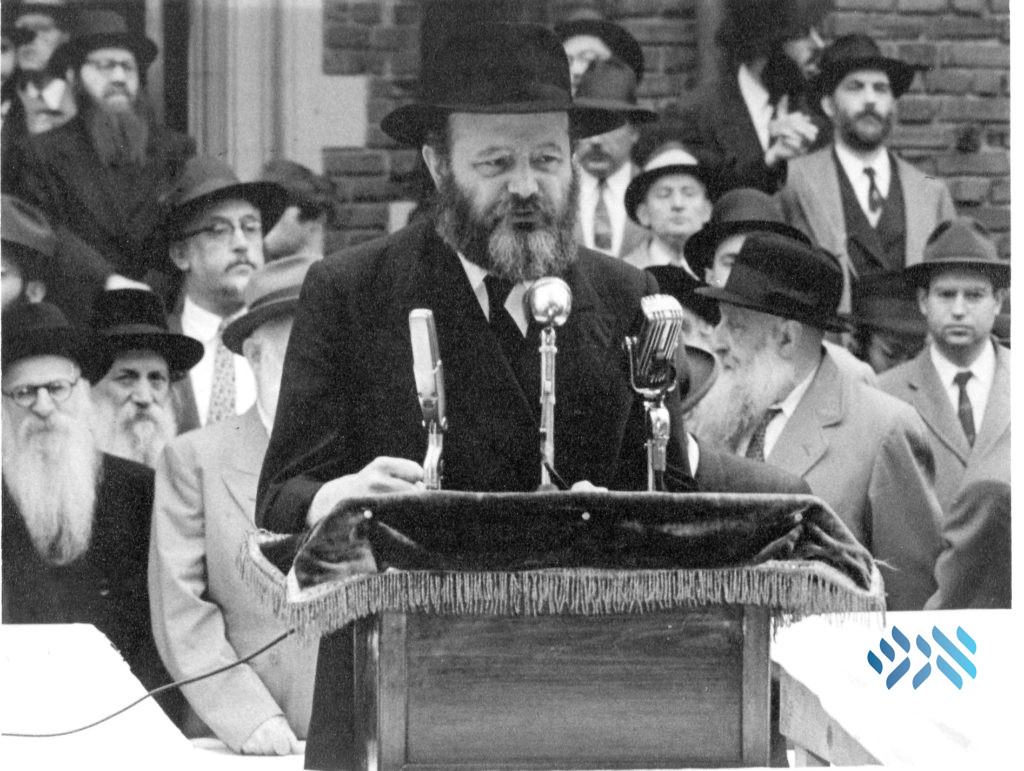

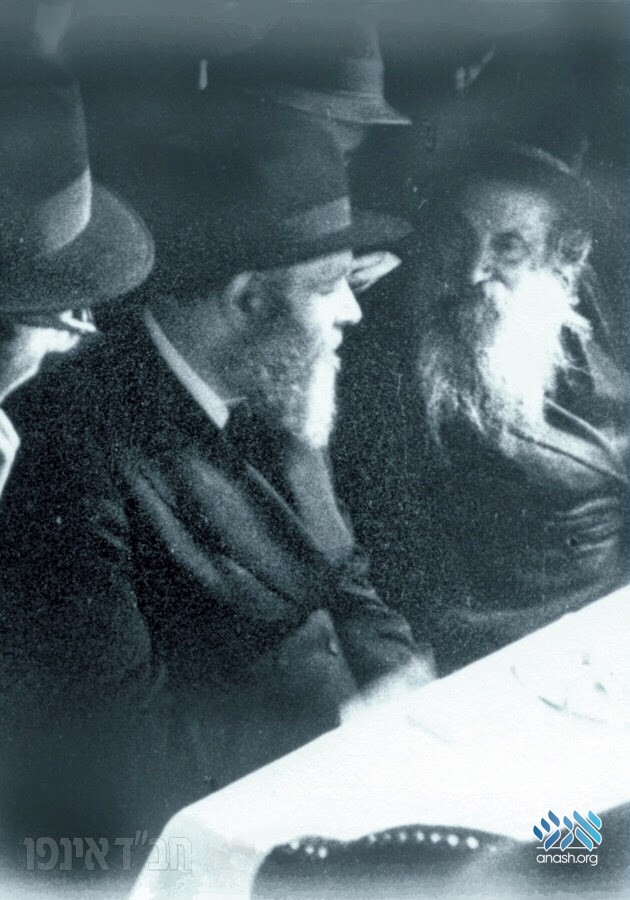

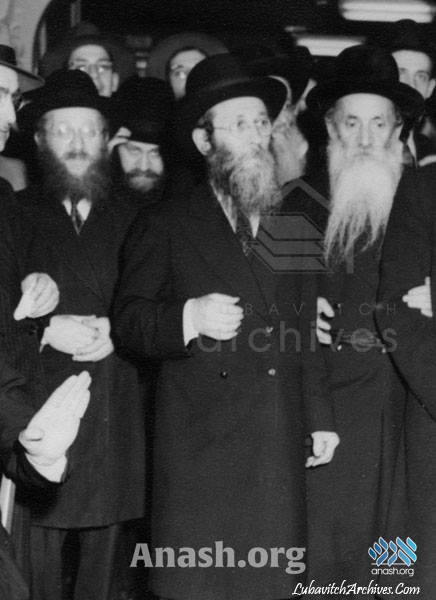
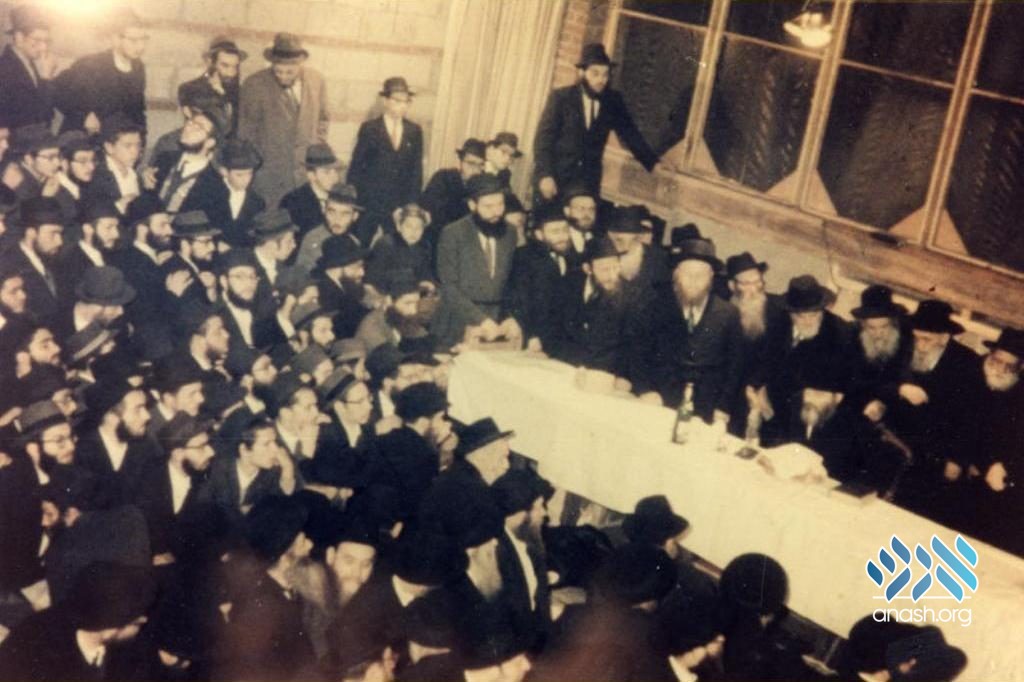





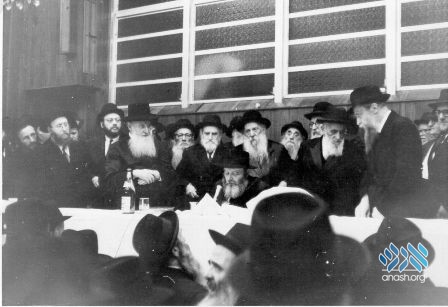
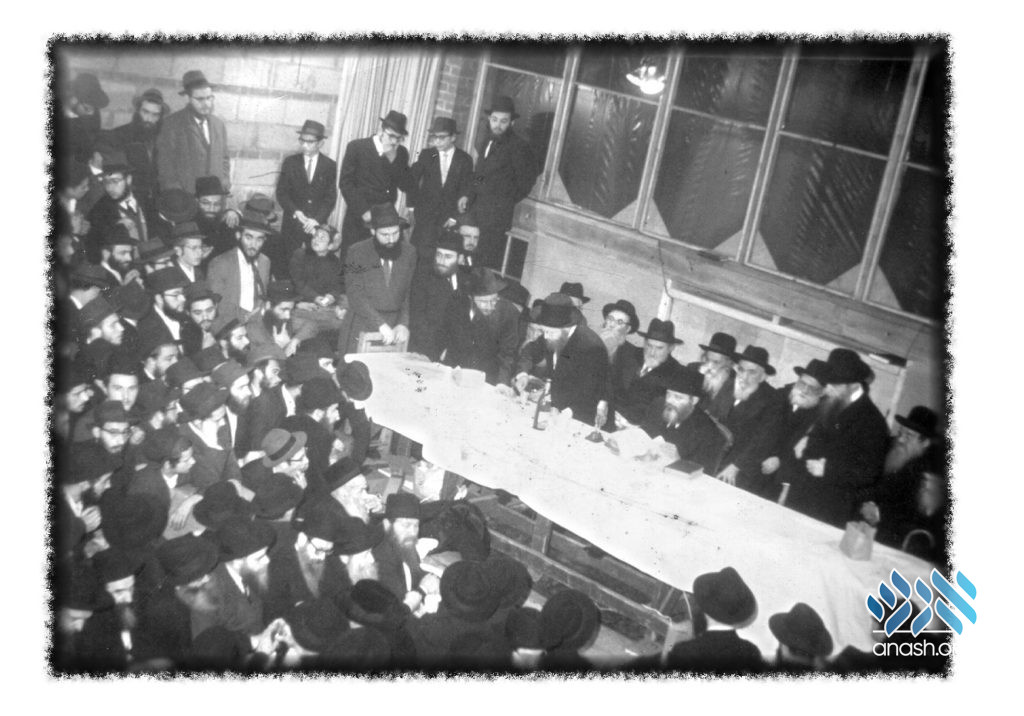

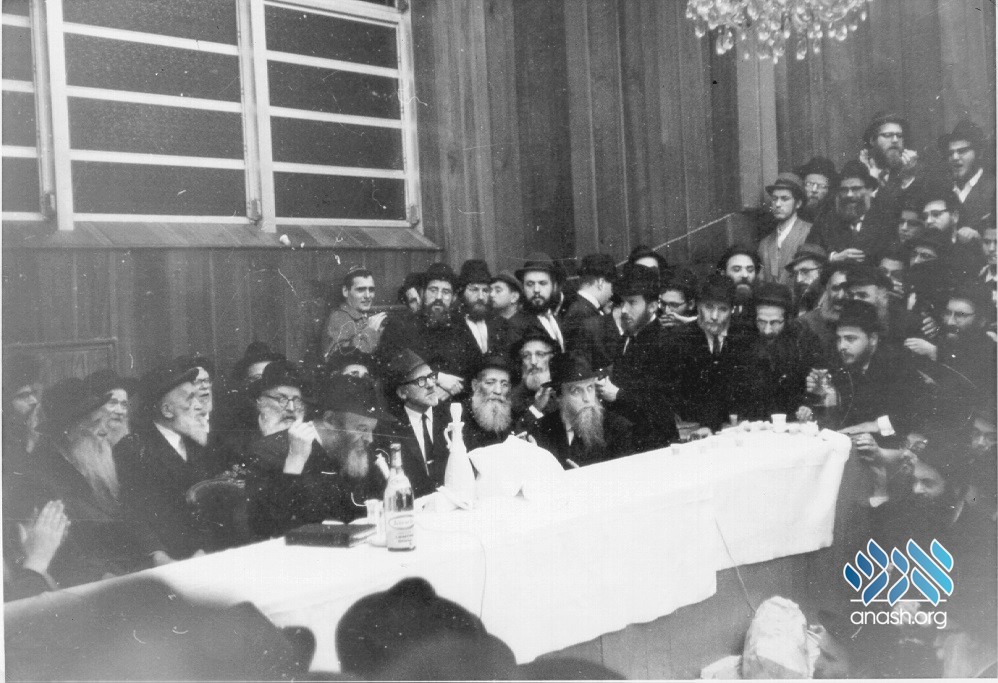
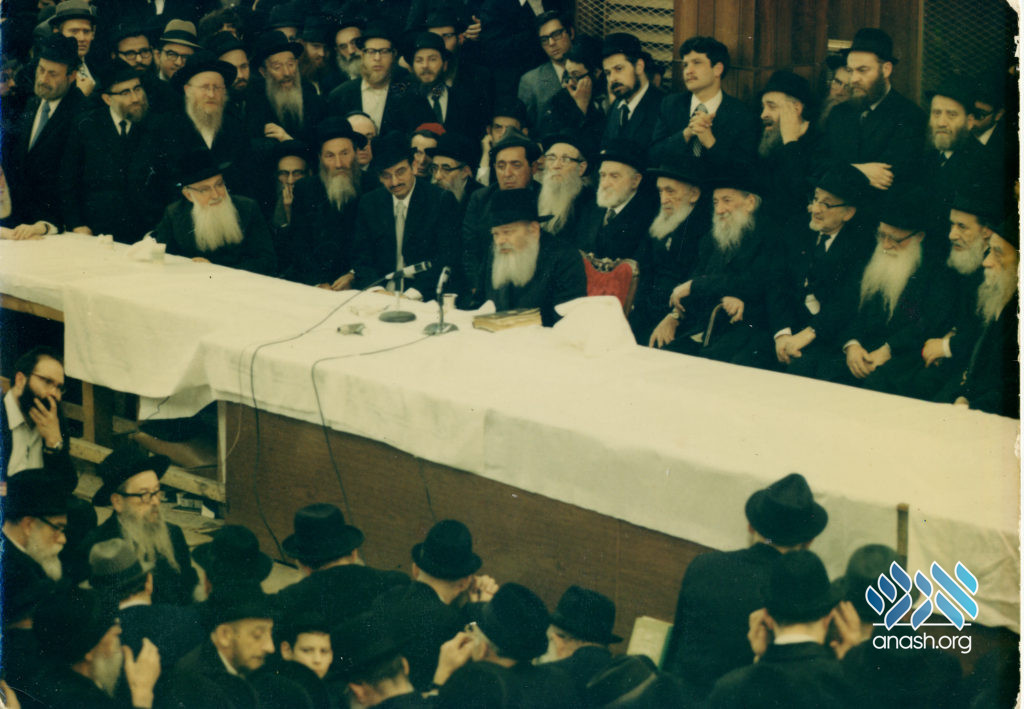

In 1915,Stalin had not yet risen to power.Nicholas was still czar.
was born exactly to the shloshim of the Rebbe Maharash’s histalkus
His Mothers name was Tema.. His wife’s name was Shaina